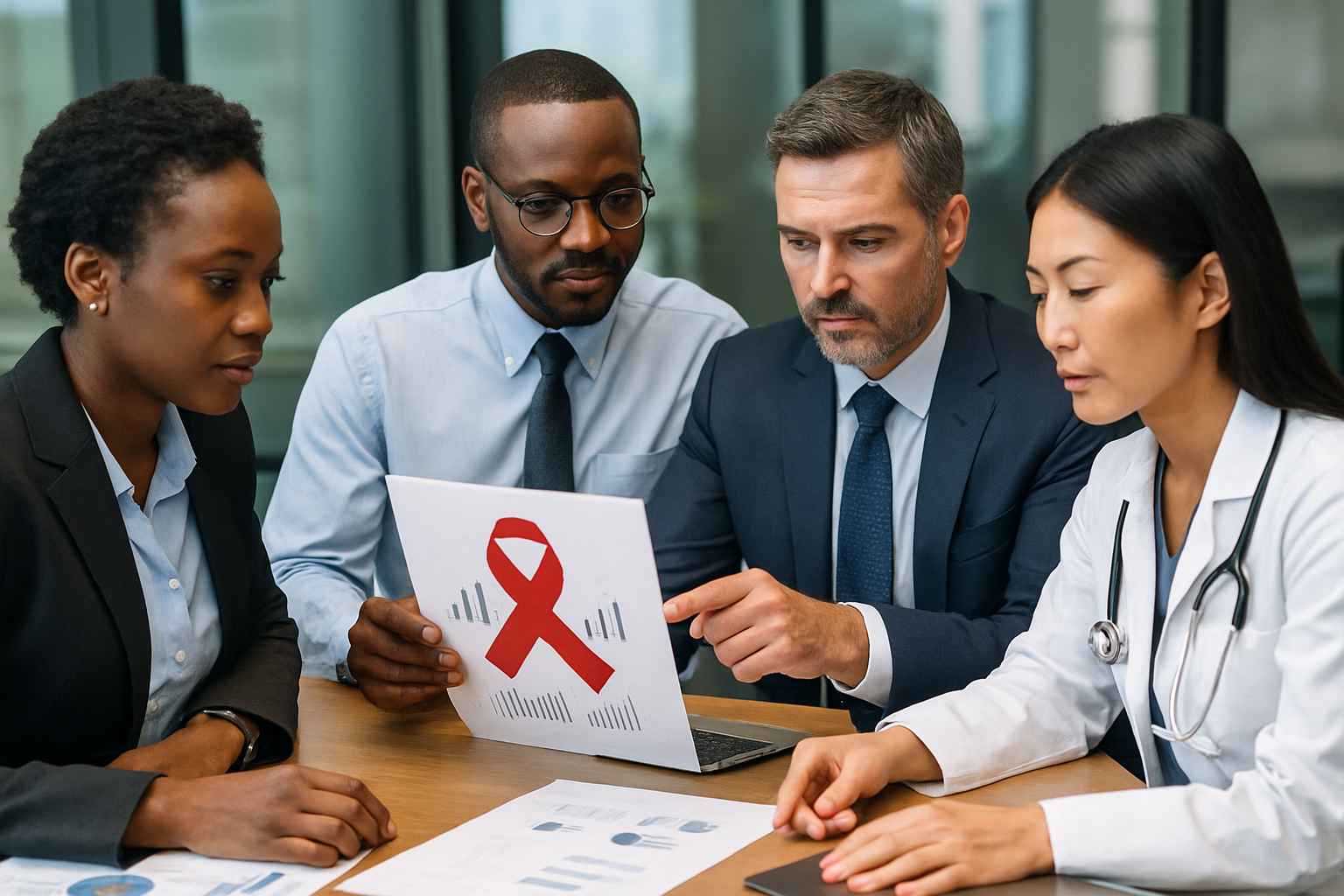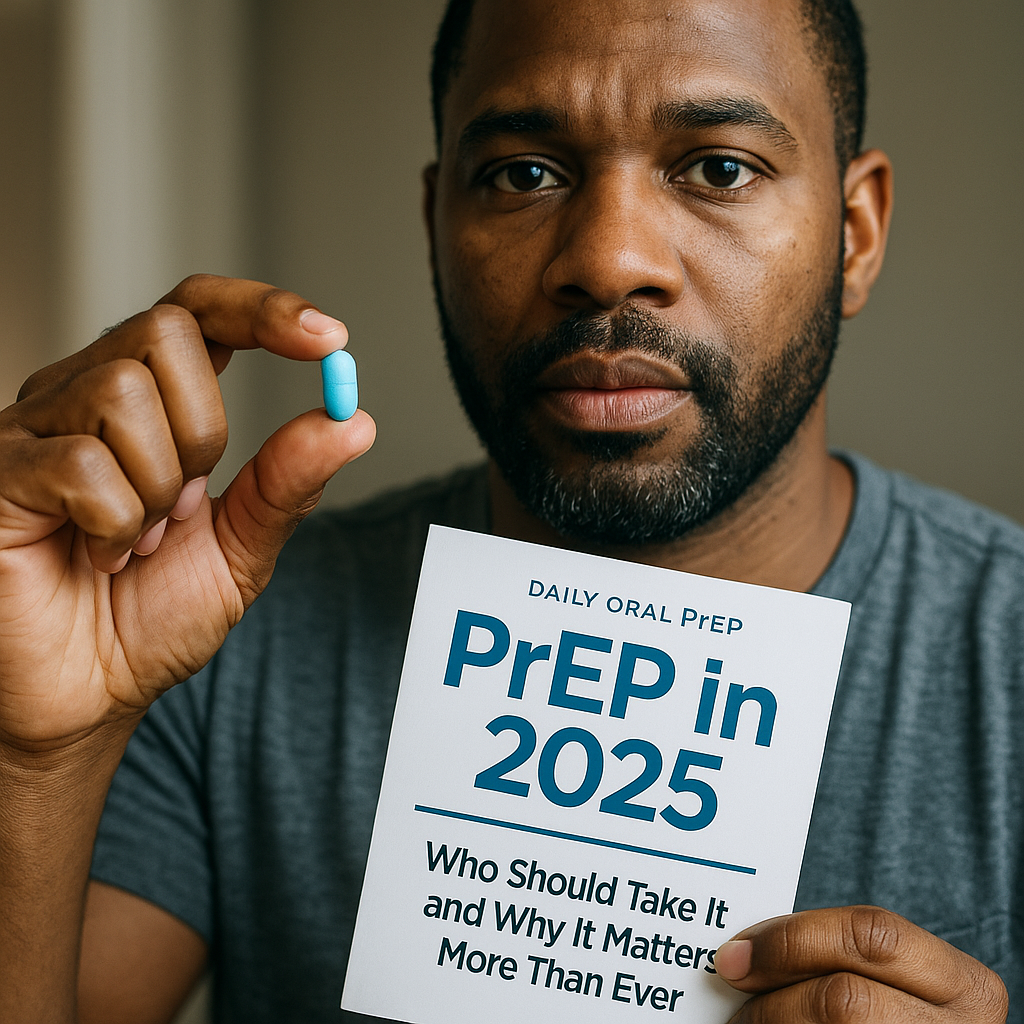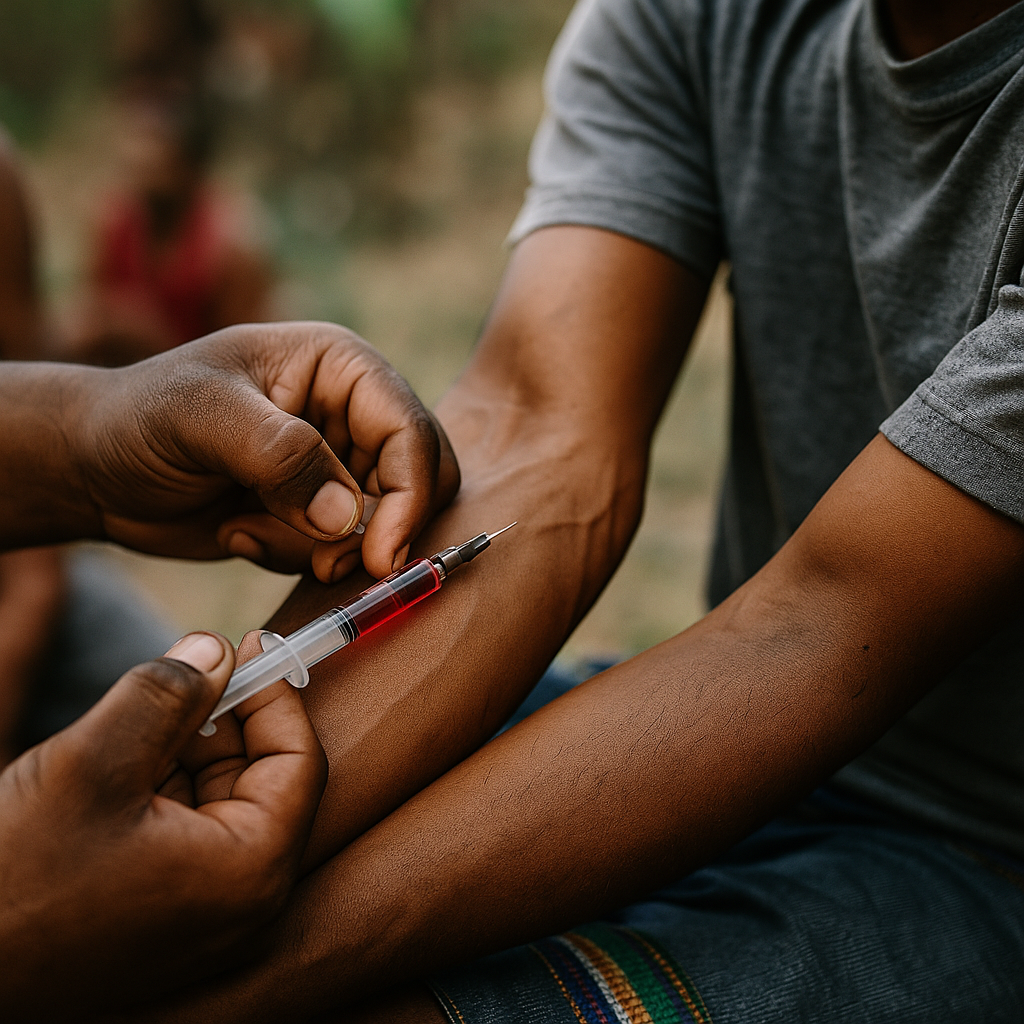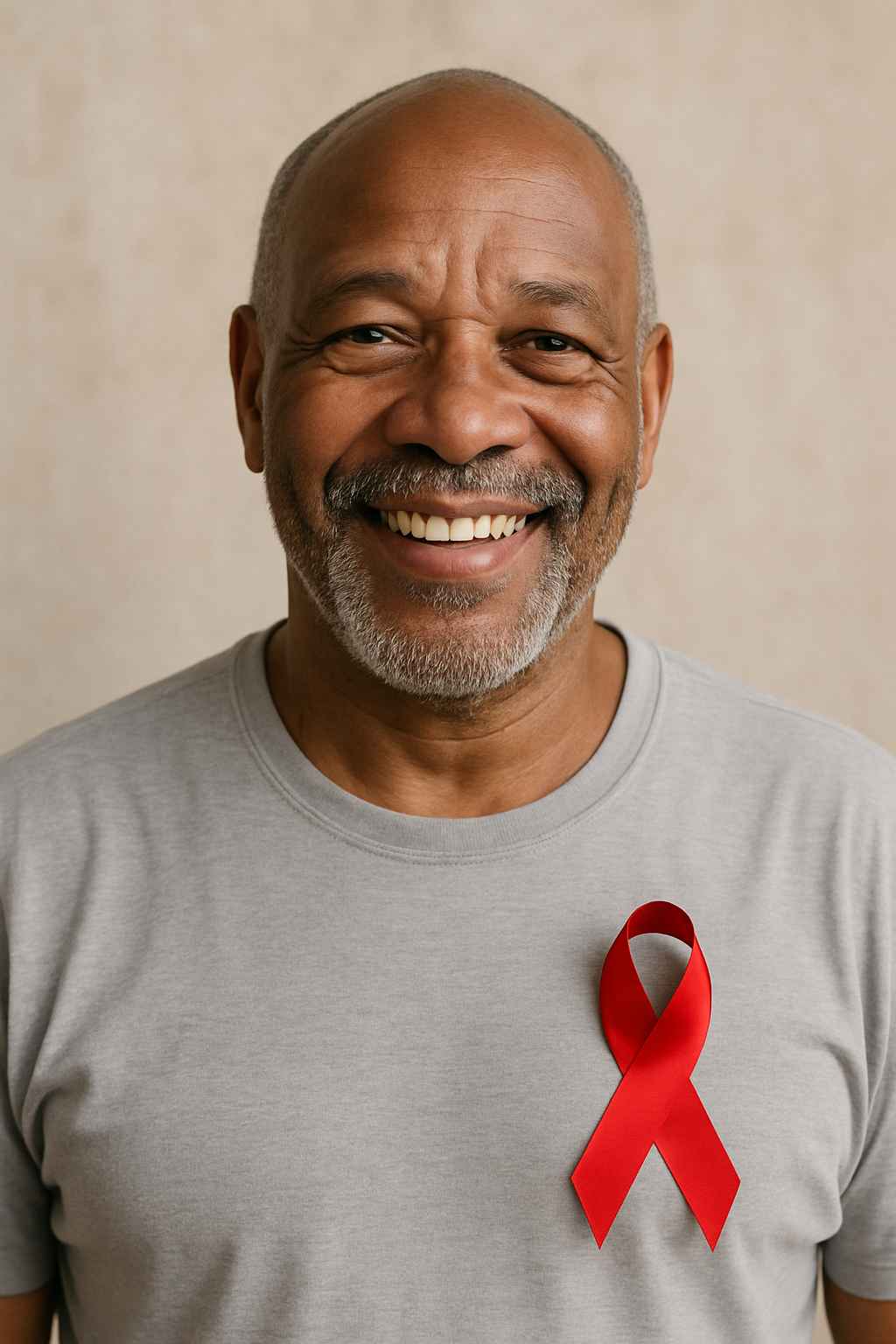
Is HIV still a global threat in the age of mRNA vaccines, telehealth, and PrEP? The answer is a resounding yes. While major strides have been made in prevention, treatment, and education, the HIV global threat remains deeply entrenched in both developing and developed countries. It’s not just a virus—it’s a complex public health challenge shaped by stigma, inequality, policy gaps, and behavioral dynamics. The illusion that HIV has been “solved” is dangerous, especially when over 39 million people still live with the virus worldwide. This article explores the persistent reality of HIV, emphasizing why it still demands global urgency and sustained attention.
Table of Contents
- Global Impact of HIV: A Persistent Pandemic
- Barriers to Elimination and Continued Spread
- Innovations in Prevention and Treatment
- Addressing Inequity and Global Responsibility
- Conclusion and FAQs
Global Impact of HIV: A Persistent Pandemic
More than 40 years after its discovery, HIV continues to exact a toll on global health. According to UNAIDS, in 2023 alone, 1.3 million people were newly infected, and 630,000 people died from AIDS-related illnesses. Despite reductions in mortality over the past two decades, the HIV global threat persists largely due to uneven progress across regions.
Sub-Saharan Africa remains the epicenter, home to nearly two-thirds of all people living with HIV. However, high-income countries are not immune. In the U.S., over 30,000 new cases are reported annually, with significant disparities among racial and ethnic minorities, particularly Black and Latino men who have sex with men.
While antiretroviral therapy (ART) has transformed HIV into a manageable chronic condition, access remains uneven. In low-income nations, only 76% of people living with HIV are receiving ART. Interruptions in care—whether due to conflict, poverty, or healthcare infrastructure—leave millions vulnerable.
Stigma also remains a silent epidemic. Fear of judgment deters many from getting tested or seeking treatment, perpetuating undiagnosed transmission. Until stigma is tackled alongside treatment, the virus will continue to spread.
For more insights on public health data and awareness, visit AIDS.org.
Barriers to Elimination and Continued Spread
If treatment works and prevention tools exist, why hasn’t HIV been eradicated? The reasons are multifaceted and frustratingly persistent.
Social and Legal Obstacles
Criminalization of same-sex relationships, drug use, and sex work fuels underground behavior and deters vulnerable groups from seeking services. In more than 70 countries, laws criminalizing LGBTQ+ identities still exist. These laws create environments where HIV prevention is nearly impossible.
Moreover, healthcare systems in many regions are not designed to support the nuanced needs of HIV-positive individuals. From lack of culturally competent care to limited mental health support, gaps in the system allow the virus to persist.
Prevention Fatigue and Misinformation
In some high-income countries, a sense of complacency has set in. Public perception often labels HIV as an issue of the past, especially among younger generations. As a result, testing rates are declining and risky behaviors are rising.
The spread of misinformation online further complicates matters. From conspiracy theories to “AIDS denialism,” these narratives undermine public health campaigns. To counteract them, consistent and evidence-based education must remain a top priority.
For readers seeking to support or engage with reliable educational content, AIDS.org offers trusted resources for patients and professionals alike.
Innovations in Prevention and Treatment
Despite these challenges, the field of HIV research continues to push forward. Breakthroughs in treatment, diagnostics, and prevention are changing what’s possible—but they need broader adoption.
Long-Acting ART and Injectable PrEP
Oral antiretrovirals like Biktarvy and Descovy remain the backbone of treatment. However, long-acting injectables such as Cabenuva (cabotegravir and rilpivirine) are transforming adherence by reducing dosing frequency to once every two months.
On the prevention side, Apretude is the first FDA-approved long-acting injectable PrEP. It offers an alternative to daily pills and has proven particularly effective among populations with adherence challenges.
Moreover, research into an HIV vaccine—while still elusive—has made progress. The mRNA platforms used during COVID-19 are now being explored in HIV trials, giving researchers renewed hope.
Tech-Driven Solutions
Telemedicine and mobile health platforms have expanded HIV care in rural and underserved communities. At-home testing kits and digital adherence tools make it easier for patients to manage their health discreetly and consistently.
Clinicians and individuals seeking medical guidance on HIV care options can consult professionals via Healthcare.pro, which connects users with verified healthcare providers.
Addressing Inequity and Global Responsibility
The HIV global threat cannot be contained through science alone. Equitable access to care and support remains the cornerstone of global health success.
Global Health Funding and Policy
U.S. programs like PEPFAR and the Global Fund have saved millions of lives, yet funding fluctuations threaten long-term stability. Donor fatigue and shifting political priorities have left some programs under-resourced just as momentum is needed most.
Universal healthcare access, stable ART supplies, and robust testing infrastructure are not luxuries—they’re necessities. If the global community truly aims to eliminate HIV as a threat, funding must reflect that commitment.
Reaching Key Populations
Women, transgender individuals, sex workers, and people who inject drugs face higher infection rates but often receive less support. Intersectional approaches that include gender, race, and socioeconomic status are essential for effective interventions.
Programs that work involve peer-led outreach, mobile clinics, and wraparound services addressing both medical and social needs. Without addressing the root causes of vulnerability, interventions will continue to fall short.
Conclusion
HIV is no longer a death sentence, but it remains a global threat that cannot be ignored. While scientific innovation has turned the tide in many places, access, equity, stigma, and political will still determine outcomes.
It’s not just about medicine—it’s about commitment. Until testing is universal, treatment is accessible, and education is unrelenting, HIV will remain a global crisis hiding in plain sight. The time to act isn’t someday—it’s now.
To explore more articles on HIV prevention, treatment, and public health impact, visit AIDS.org.
Frequently Asked Questions (FAQs)
Why is HIV still considered a global threat?
Despite medical advances, millions still lack access to care, and transmission remains high in underserved populations worldwide.
Is there a cure for HIV?
No, but antiretroviral therapy allows individuals to live long, healthy lives and reduces viral load to undetectable, non-transmissible levels.
What is the difference between HIV and AIDS?
HIV is the virus that causes AIDS. AIDS is the most advanced stage of HIV, where the immune system becomes severely compromised.
How effective is PrEP in preventing HIV?
When taken consistently, PrEP is over 99% effective in preventing HIV through sexual transmission.
Where can someone seek help for HIV treatment?
Licensed professionals can be found through platforms like Healthcare.pro, and community resources are available on AIDS.org.
Disclaimer:
This content is not medical advice. For any health issues, always consult a healthcare professional. In an emergency, call 911 or your local emergency services.



